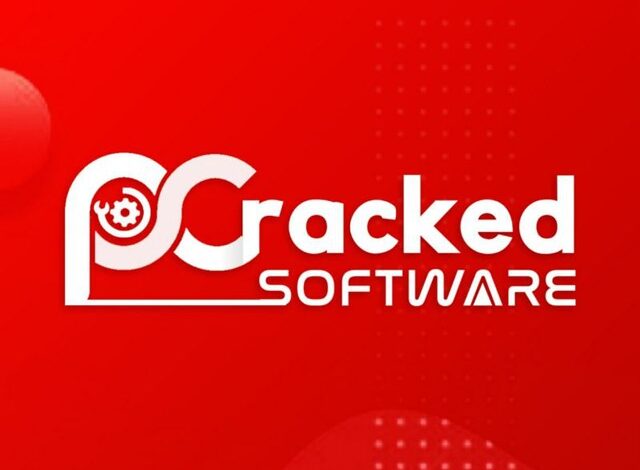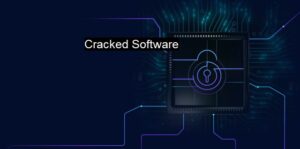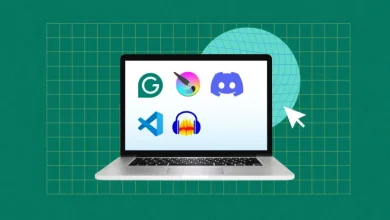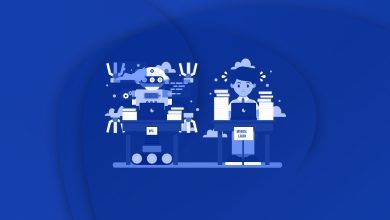
Software cracking refers to the process of removing or disabling the licensing or copy-protection features of a software-cracked application. Cracking software is considered illegal and unethical as it results in piracy, which deprives developers and companies of revenue and compromises the integrity of the software industry. Cracking software is an ongoing battle between developers who create protective mechanisms and individuals or groups who aim to bypass them. This article explores how software cracking is done, the techniques used, the types of software targeted, and the wider implications of this practice.
What is Software Cracking?
At its core, software cracking is about defeating the security mechanisms to ensure that only legitimate, paying users can access a piece of software. Most software comes with restrictions such as requiring a product key, license verification, or online activation to prevent unauthorized users from installing or using it without paying. Crackers, who specialize in bypassing these protections, manipulate the software to remove these barriers, making it accessible to anyone who downloads the cracked version.

To get Cracked Softwares
Common Types of Software Protection
Before diving into the cracking process, it’s essential to understand the various protection mechanisms that software developers use to prevent unauthorized access:
- License Keys: Many software applications require a valid license key during installation or upon first launch. The key is a unique code provided to customers upon purchase, which the software checks against a database to confirm validity.
- Product Activation: Some software requires online activation. In this case, the software communicates with a server to verify the license key or product ID.
- Digital Rights Management (DRM): DRM systems are designed to restrict the usage of software, music, movies, or other media to only those who have paid for it. They often require online validation and include encryption to prevent tampering.
- Time-Limited Trials: Many software applications offer trial versions that are only usable for a limited time (e.g., 30 days). After the trial period ends, the software either locks the user out or reduces functionality.
- Hardware-Based Protection: Some high-end software, especially in fields like 3D modeling or video editing, uses hardware dongles or keys that must be inserted into a computer’s USB port to unlock the full version of the software.
How Software Cracking Works
Software cracking can be done using various techniques, all of which exploit vulnerabilities or reverse-engineer the protection mechanisms. Below are the most common methods used by software crackers:
1. Reverse Engineering
One of the most common methods of software cracking is reverse engineering. A process where crackers deconstruct the software to understand how its protection mechanisms work. Once they identify the areas of code responsible for verifying licenses or handling activations. They modify these parts to disable the security checks. This often involves analyzing the software’s binary code or disassembling it to change. Or remove the code paths that perform the security functions.
2. Keygen (Key Generator)
A keygen or key generator is a tool that generates valid license keys for a software product. Crackers reverse-engineer the software’s algorithm for generating product keys and then create a tool that can produce these keys. Once users have a generated key, they can use it to activate the software just as if they had purchased a legitimate copy. cracked software.
3. Patching
In the patching method, crackers modify the software by altering its executable files. By editing these files, they can disable the security features that require license keys or activation. A “patch” is typically a small program that users run to modify the original software, removing the protections. This is one of the simplest and most popular ways to crack software.
4. Cracking Online Activation
Some software uses online activation, which requires the application to connect to a server to verify the license. To bypass this, crackers often modify the software so that it either skips the activation process or pretends it has already been activated. In more advanced cases, crackers may set up fake activation servers to trick the software into thinking that it has successfully communicated with the legitimate server.
5. Removing Time Limitations (Trial Reset)
Many software applications offer trial versions with time limitations. Crackers reset these time limits by editing the software to either ignore the trial expiration date or reset it to a previous state. This allows users to continue using the trial version indefinitely without having to purchase a license.
6. Cracking DRM
Digital Rights Management (DRM) is a more robust form of software protection, but it’s still vulnerable to cracking. Cracking DRM often involves finding and removing the encryption or authentication mechanisms used to restrict access. Some advanced DRM systems may use multiple layers of protection, requiring multiple steps or tools to crack effectively.
Common Tools Used in Software Cracking
Crackers rely on a variety of tools to assist in breaking through software protections. Some of the most commonly used tools include:
- Disassemblers and Debuggers: Tools like OllyDbg, x64dbg, and IDA Pro allow crackers to view and modify the assembly code of a program, making it possible to pinpoint the license verification checks and disable them.
- Hex Editors: A hex editor is use to modify the binary data of a software application. Crackers use hex editors to directly manipulate an application’s executable file to disable security checks.
- Keygens: As mentioned earlier, keygens are programs that generate valid product keys based on reverse-engineered algorithms.
- Crack Files: Some crackers distribute modified versions of software executables or DLL files (Dynamic Link Libraries) that disable the security features. Users simply replace the original files with the cracked versions to bypass protections.
Why People Crack Software
There are many reasons why individuals choose to crack software, despite the legal and ethical implications. Some of the most common motivations include:
- Cost: Many people crack software simply because they cannot or do not want to pay for it, especially in the case of expensive programs like Adobe Photoshop, Microsoft Office, or professional video editing tools.
- Access to Full Features: Trial versions of software often have limitations, and cracking allows users to unlock all the features without having to pay for a license.
- Geographical Restrictions: In some cases, certain software is not available in specific regions due to licensing restrictions. Users in these regions may crack the software to gain access to it.
- Educational Purposes: Some crackers justify their actions by claiming that they are cracking software to learn more about programming, security, and software development.
The Legal and Ethical Implications of Software Cracking
While software cracking may seem like a harmless way to get free access to software, it has significant legal and ethical consequences.
- Legal Consequences: Cracking software is illegal in most countries. Software piracy violates copyright laws, and those who engage in cracking or use cracked software can face fines or even jail time. Developers also have the right to sue individuals or organizations that distribute or use cracked software.
- Ethical Issues: Using cracked software is ethically questionable, as it deprives developers and companies of the revenue they need to continue creating and maintaining their products.

Conclusion
Software cracking is a complex process that involves bypassing security mechanisms to gain unauthorized access to paid software. While it may provide users with free access to otherwise expensive applications, it is illegal, unethical, and often comes with security risks. Crackers employ various techniques such as reverse engineering, patching, and key generation to achieve their goals. However, the long-term consequences of software piracy can be damaging, not only to developers and companies but also to users who expose themselves to potential risks. It’s crucial to support developers by purchasing legitimate licenses and helping sustain the software industry.




